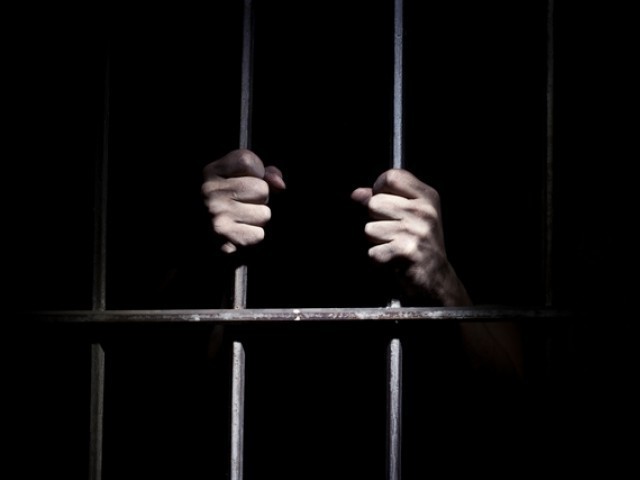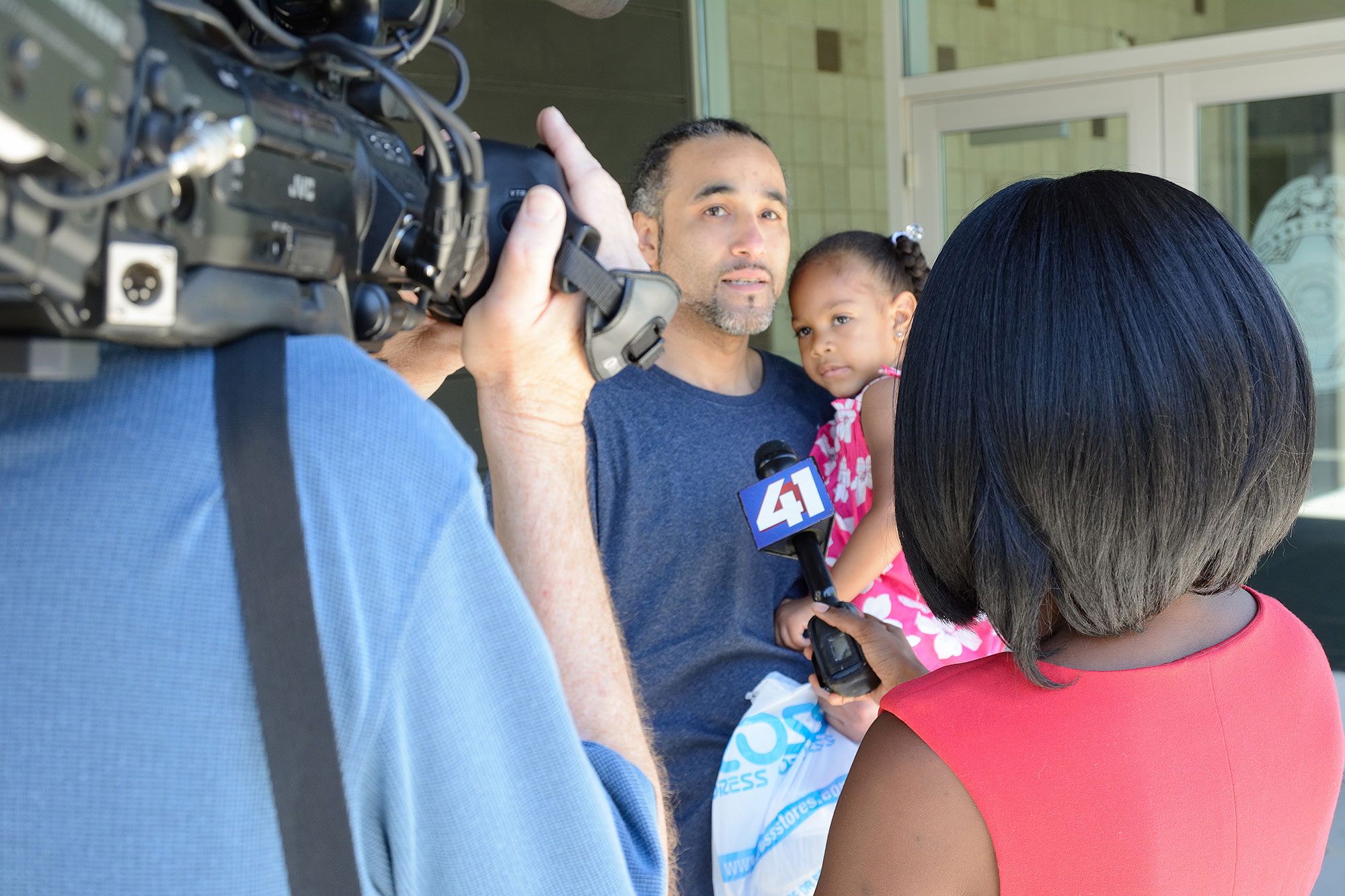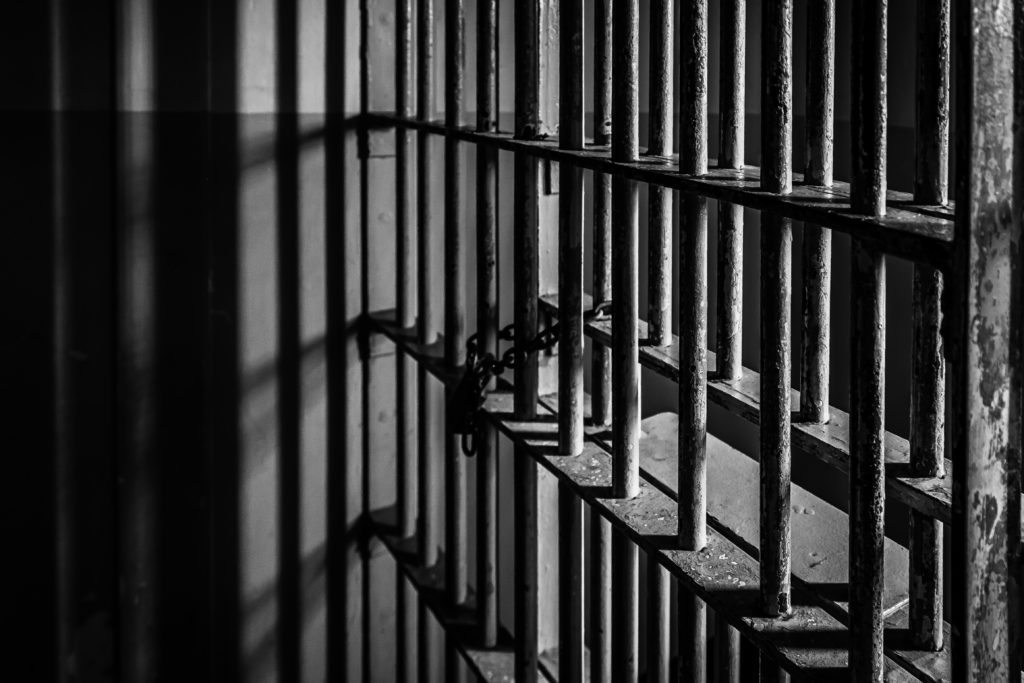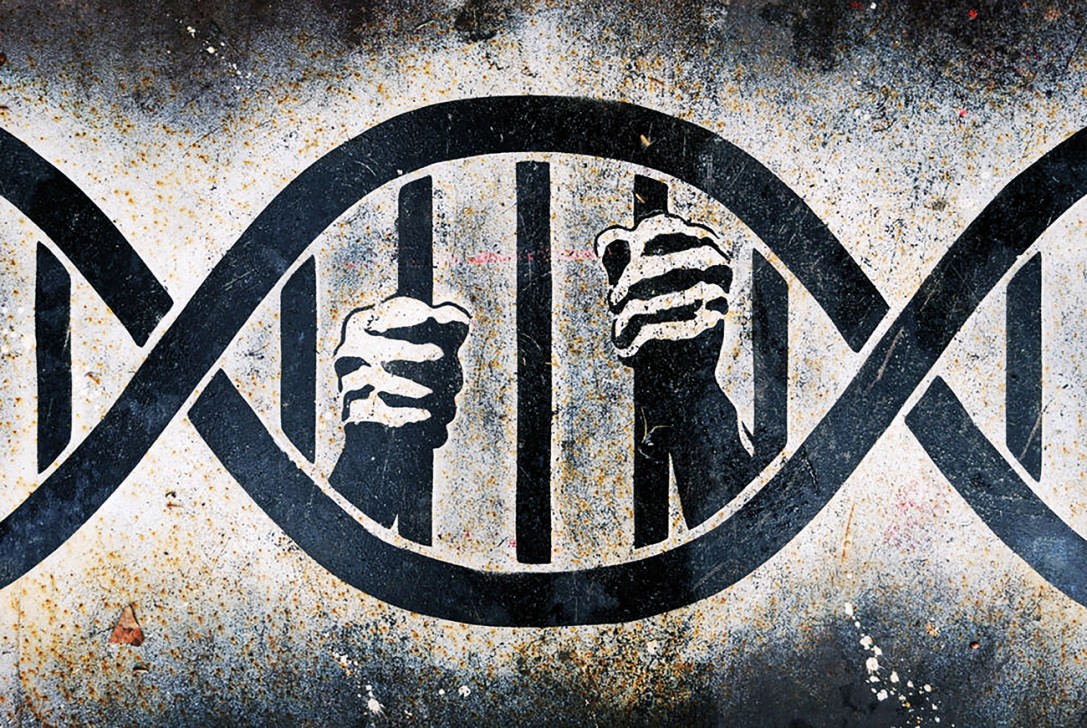
The News

Jones’ tragic case caught the attention of the national news. He appeared in various interviews, sharing his experience in prison and how difficult it was to stay away from his family. In an interview with ABC News, Jones said, “I hoped and prayed for this day to come and when it finally got here I was overwhelmed.” It is not easy adjusting to life after spending nearly two decades behind bars.
Nightmares

Jones admitted to not sleeping well at night. The past 17 years have been nothing less than painful for him. The cold empty corridors and tiny claustrophobic cells still keep him up at night. He may have a warm bed to sleep in now, but it is going to take a long time for him to sleep peacefully. Of course, he is thankful that his family is there to help him through this difficult time.
Raising Funds

People were touched by Jones’ story and wanted to help him out. So people from all around the country initiated a funding campaign and raised over $16000 to help him to rebuild his life from scratch. Jones was overwhelmed at this gesture, saying that he had forgotten what kindness feels like.
Compensation

A year after his release, Jones filed for compensation of $1.1 Million from the state of Kansas for wrongfully sentencing him for a crime he did not commit. He wished to use the money to get back on track in his life after being locked away for almost two decades. Amazingly, in just four months he was awarded the full amount along with healthcare benefits.
Gratitude

Jones felt immense gratitude to the group of law students from The Innocence Project who helped him in escaping the hell he was trapped in for 17 years. Surprisingly, Jones’ case was not a rare one. There have been more than a few cases of wrongful conviction. In fact, to speed up the process, it is quite common for administrators to even nudge the witnesses in the direction of a suspect they find guilty.
DNA Testing

According to The Innocence Project, DNA data has helped more than 360 cases of wrongful convictions in the United States alone. And among them, 70% were the cases of wrong identification by eyewitnesses. This itself proves how flawed this method of evidence is. Nevertheless, this method is still approved to put people behind the bars.
